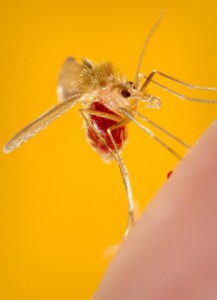Health authorities in Honduras are reporting a surge in the parasitic disease, leishmaniasis, seen primarily in Cortés department, according to a La Tribuna report (computer translated).

Image/CDC
The Health Ministry says more than 200 cases of leishmaniasis disease has been reported in seven municipalities in the country including San Pedro Sula, Choloma, Puerto Cortes, Omoa, Santa Cruz de Yojoa, Villanueva and Concepción del Norte in Santa Barbara.
Leishmaniasis is a parasitic disease spread by the bite of the female sandfly.
There are different forms of leishmaniasis.
- Cutaneous leishmaniasis affects the skin and mucous membranes. Skin sores usually start at the site of the sandfly bite. In a few people, sores may develop on mucous membranes.
- Systemic, or visceral, leishmaniasis affects the entire body. This form occurs 2 – 8 months after a person is bitten by the sandfly. Most people do not remember having a skin sore. This form can lead to deadly complications. The parasites damage the immune system by decreasing the numbers of disease-fighting cells.
Cases of leishmaniasis have been reported on all continents except Australia and Antarctica.
Robert Herriman is a microbiologist and the Editor-in-Chief of Outbreak News Today and the Executive Editor of The Global Dispatch
Follow @bactiman63
Related:


One thought on “Honduras health ministry reports 200 leishmaniasis cases”